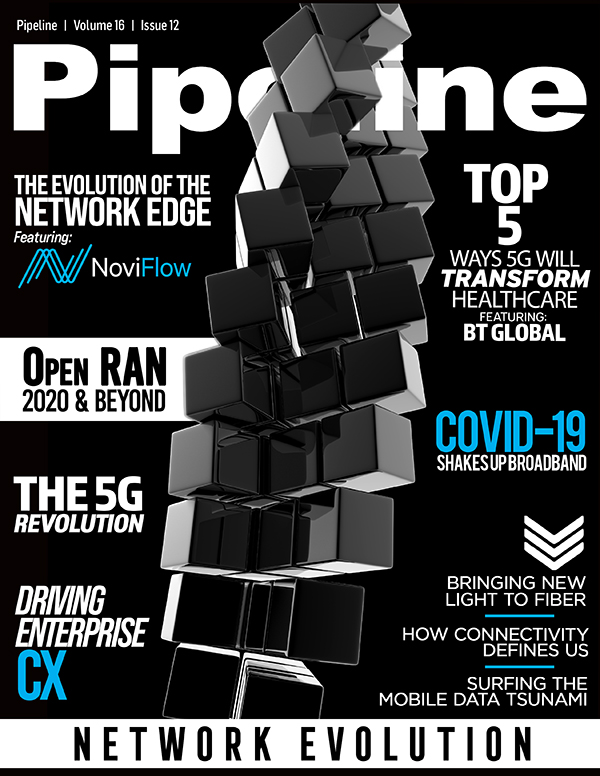A Tsunami of Mobile Data Could Throttle Networks
According to IDC data cited by PwC, $6 trillion could have been spent on IoT solutions between 2015 and 2020. KPMG estimates that by 2025, investment in automation, including AI and machine learning, could reach $232 billion. Put simply, the greater the investment in AI and IoT, the more intense the data tsunami that operators have to face from the millions and billions of devices that come online.
Consider that 4G networks can support a few thousand devices per square mile, while 5G networks can support millions of devices over that same geography, creating tremendous possibilities for industrial IoT applications and the sensor networks needed for smart cities. We could be mere years away from autonomous street lighting, self-regulating traffic lights and interactive information boards.
While 5G may promise to be the solution to the data growth challenge, the new radio rollout will initially only have limited coverage. The radio technology used to fully benefit from 5G speed and latency selling points (mmWave) introduces new challenges to operators, as it requires substantially lower range towers, increasing the cost of deployment.
Operators will inevitably need to combine mmWave with alternative access technologies such as Sub-6 and LTE for ubiquitous coverage. This scenario will favor continuous access handovers, with evident latency, bandwidth and congestion impacts in 5G’s early deployment phases.
With IoT applications in manufacturing and industrial settings, fast response times with low latency connections are essential. Current 4G networks generally have latency rates between 50 and 100 milliseconds, but initial 5G rollouts have reduced that to less than 30 milliseconds.
Low latency is also a major factor for the success of autonomous cars, which use sensors, GPS and navigation systems to communicate to the car where it is and what’s going on around it. 5G networks will improve the quality of vehicle-to-vehicle (V2V) connectivity and vehicle-to-everything (V2X) connectivity. Likewise, 5G will provide support for passengers to access the Internet and have a consistent experience as they pass countless base stations that need to provide seamless handoff to maintain a consistent connection. This will sound like music to the ears of people who have spent years dipping in and out of signal range on their morning commute.
An encryption tsunami
Encryption from OTT players is already creating havoc on networks, hindering operators in the management of subscriber quality of experience (QoE). But operators are facing a new threat. New encryption techniques such as eSNI (Encrypted SNI) and DNS obfuscation through DNS over HTTPS (DoH) and DNS over TLS (DoT) will become a real threat as soon as early 2021.
On one hand, DPI and traditional inline traffic management solutions will not be able to identify traffic based on the SNI/domain. On the other, DNS traffic inspection may not be an option if the query to resolve a domain name is encapsulated into HTTPS.
While today only a small number of browsers and content providers—such as Firefox and Cloudflare—offer the possibility to enforce SNI encryption and to use encrypted alternatives to traditional DNS, the big players in the OTT ecosystem have already announced their readiness to transition to both DoH and eSNI as soon as a standard is approved.
In the absence of effective traffic management tools that can overcome the traffic identification and classification challenges imposed by the new encryption techniques, network congestion will be hardly possible to manage. Evidence of this has been the recent news from China blocking any eSNI-based TLS 1.3 traffic in the country.



















